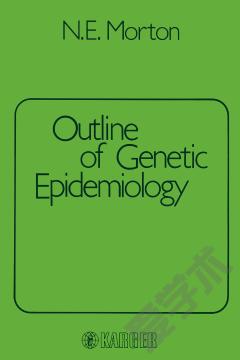Genetics in Ophthalmology
The objective of this publication is to enhance mutual understanding and communication between ophthalmologists, molecular geneticists, genetic counselors and biomedical researchers. In the introductory chapter, current genetic paradigms and experimental genetic approaches relevant to the nature of hereditary disorders are discussed. The following contribution on the epidemiology of hereditary ocular disorders provides an excellent reference to geneticists as well as clinicians. Myopia is presented as an example of a complex clinical phenotype where genes and environment interact. Further molecular ophthalmogenetic topics, such as corneal dystrophies, cataract, glaucoma, opticus neuropathy, non-syndromic and syndromic pigmentary retinopathies, defects of vitamin A metabolism and macular dystrophies including age-related macular degeneration, are investigated in depth. The volume concludes with a survey of color vision deficiencies, a discussion of animal models and gene therapy, and a useful description of technical devices supporting patients who are losing sight.
{{comment.content}}








 京公网安备 11010802027623号
京公网安备 11010802027623号